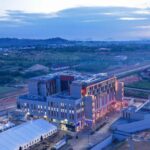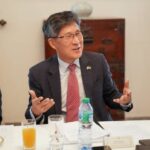Yaseera Ismail went from transforming an empty storeroom into a cutting-edge lab to leading Africa’s first quantum satellite communication link.
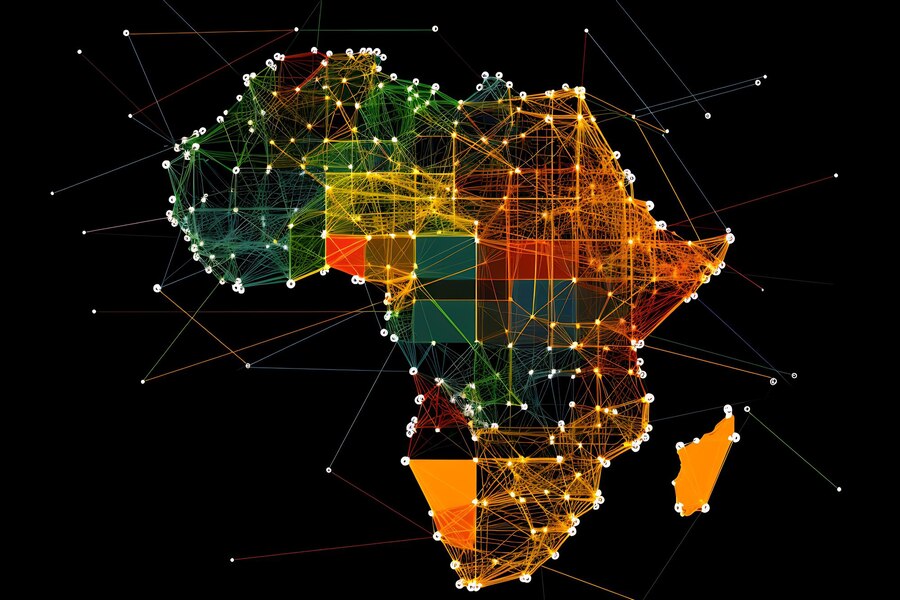
On a clear spring night in October 2024, as I stood on the rooftop of the engineering building at Stellenbosch University (SU), I knew we were about to achieve something remarkable. For six memorable minutes, as the microsatellite Jinan-1 passed overhead, we established Africa’s first ultra-secure quantum satellite communication link with China, setting a new intercontinental record.
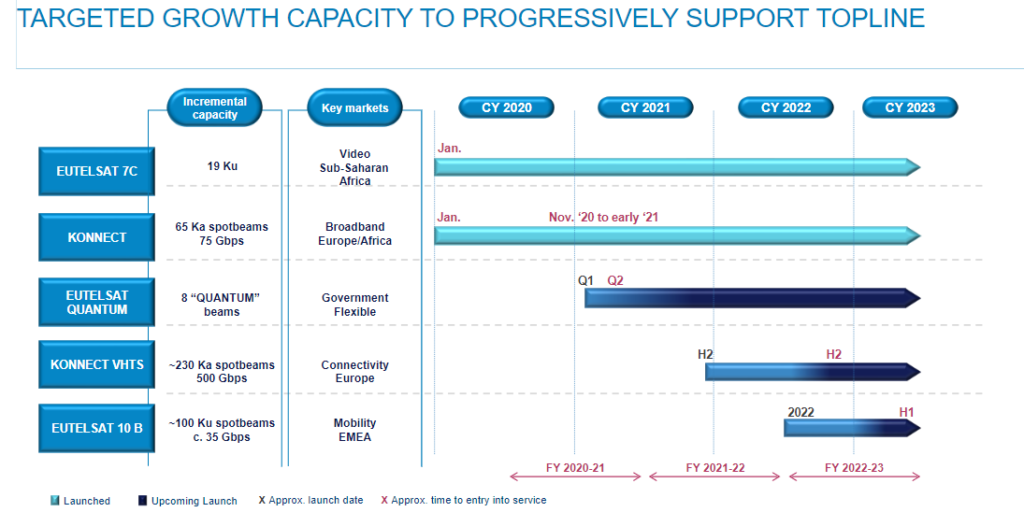
That extraordinary evening marked the highlight of my career, so far, as an experimental quantum physicist, but my journey began long before as the youngest of two daughters growing up in Chatsworth, near Durban in South Africa. My granny inspired me to pursue tertiary education, leading me to complete all my degrees at the University of KwaZulu-Natal (UKZN).
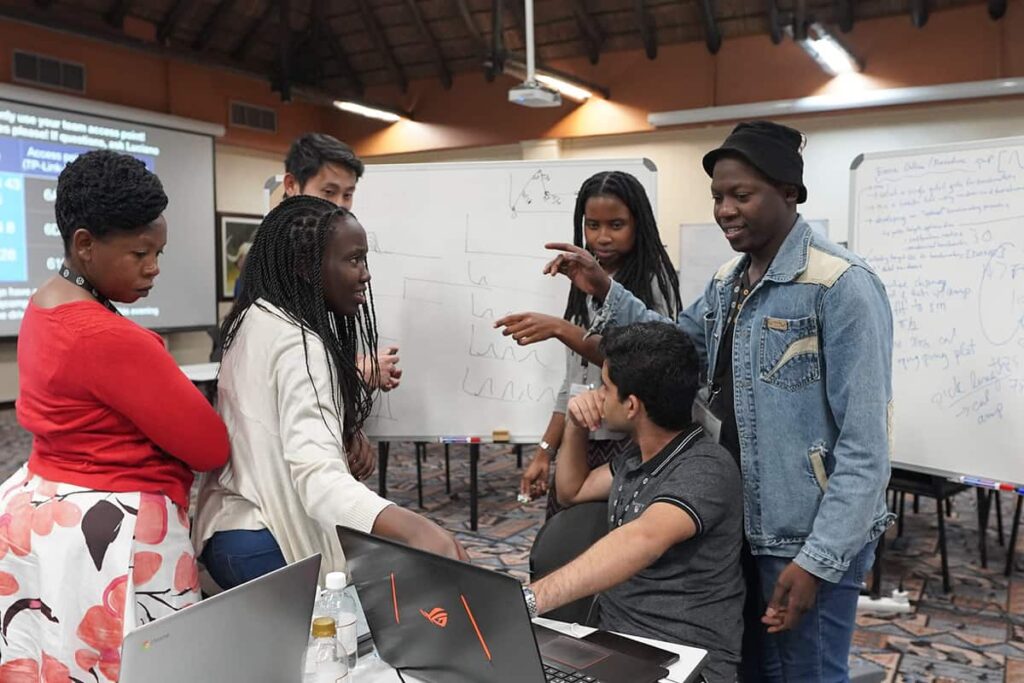
I was fascinated by light from a young age, so it was wonderful to conduct research for my master’s in classical optics at the Council for Scientific and Industrial Research (CSIR) National Laser Centre in Pretoria. Then for my PhD, I switched to the emerging field of quantum optics – something so new that I had to build UKZN’s first quantum optics lab in an empty storeroom before I could start work.
My career quickly progressed. After a postdoc, I became a lecturer at UKZN in 2017. In 2024, SU recruited me to establish its new Quantum Photonics Lab and become a principal investigator in their node within the South African Quantum Technology Initiative (SA QuTI).
At Stellenbosch, I’ve found exceptional facilities and a highly collaborative environment. My work here focuses on quantum optical systems specifically designed for quantum communication.
Quantum communication is transformative because it leverages fundamental laws of physics – rather than relying on complex mathematical algorithms – to provide unbreakable encryption. This is vital, especially as the advent of quantum computers threatens to render current encryption methods obsolete.
Quantum satellites overcome limitations faced by fibre-optic and ground-based networks. They are essential for creating a future global quantum internet, linking quantum systems in a worldwide network.
Our successful experiment1 firmly positions South Africa – and indeed the entire continent – as emerging leaders in quantum science and technology. This achievement demonstrates Africa’s capacity for groundbreaking research and sends a clear message to governments to invest proactively in the quantum field. Given Africa’s rapidly expanding young population, we have a unique opportunity and responsibility to nurture future generations of quantum scientists.
One key factor in my own professional growth was the Future Professors Programme, an initiative of South Africa’s Department of Higher Education and Training designed to build academic capacity. I connected with peers from diverse disciplines across multiple institutions, refining my research identity and career strategy. It taught me the importance of interdisciplinary collaboration and balancing academic responsibilities with personal wellbeing.
Today at SU, my role encompasses research, undergraduate teaching, postgraduate supervision, securing funding and international collaboration. I have found that strong global partnerships make ambitious projects achievable.
The most rewarding aspect of my career is the freedom to pursue groundbreaking research that contributes meaningfully to science. Mentoring and inspiring students, observing their intellectual growth and successes, is also immensely fulfilling. And I enjoy engaging with the global scientific community. Earlier this year, I was honoured to speak at the opening ceremony of the International Year of Quantum (IYQ) at the UNESCO Headquarters in Paris.
When I think back to the night of our successful experiment last year, I am determined to ensure that this is just the beginning. My continent can be at the forefront of shaping the future of global quantum science and technology.


